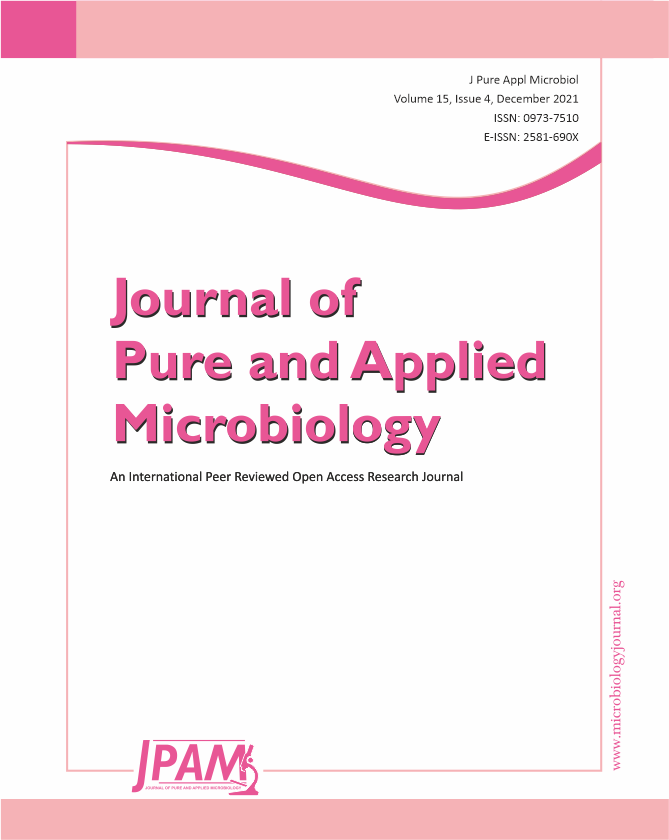Due to the serious threat of invasive fungal infections, there is an emergent need for improved a sensitive and more accurate diagnostic tests for detection of systemic pathogenic fungi and plant health. Traditional fungal diagnosis can only be achieved at later growing phases. The complex and difficult immunodiagnostic is also widely employed. Enzyme-based immunoassays which lead to cross-interaction with different fungi still also obeyed. A polymerase chain reactions (PCRs)- based molecular diagnosis are does not enable precise identification of fungal pathogens, or the ability to test isolates for drug sensitivity. In the future, biosensing technologies and nanotechnological tools, will improve diagnosis of pathogenic fungi through a specific and sensitive pathogen detection. This report systematically reviews the most prominent biosensor trends for fungi detection.
Fungi, Biosensors, Luminescence, Fluoresence
© The Author(s) 2021. Open Access. This article is distributed under the terms of the Creative Commons Attribution 4.0 International License which permits unrestricted use, sharing, distribution, and reproduction in any medium, provided you give appropriate credit to the original author(s) and the source, provide a link to the Creative Commons license, and indicate if changes were made.


